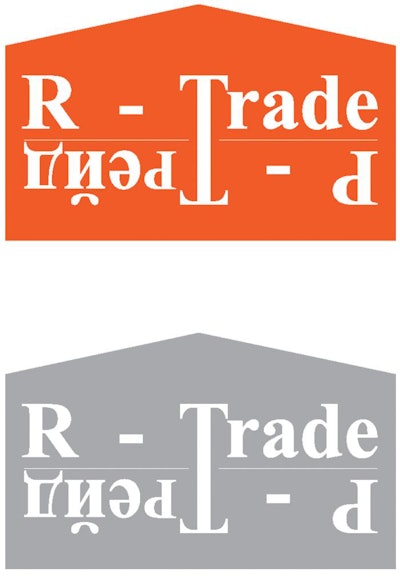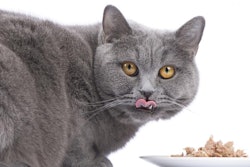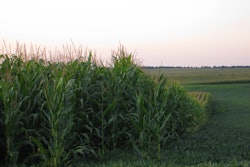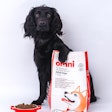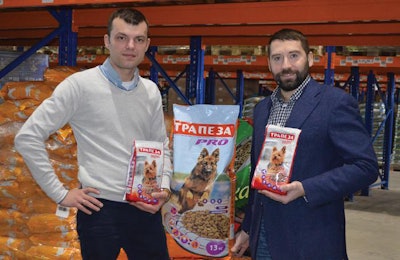
Over the past few years, Moscow, Russia-based pet food manufacturer R-Trade has been among the most well-known market players in the country. The company owns several brands of pet food — Trapeza, Oskar and MoAmi — and has worked hard to secure a stable share in Russian pet food sales in spite of the challenges the country’s pet food industry is currently facing.
The path to success in a difficult market
According to Eugene Trukhanov, R-Trade brand manager, the company’s secret is the well-coordinated efforts of the company’s workers and executive staff. “Our team has been working in a well-orchestrated manner for more than five years,” says Trukhanov. “Of course, to some extent we are all interchangeable with regards to our positions, but each of us is a serious expert in his own field — from packaging design to cost estimates and forecasting.”
R-Trade has some distinctive features when compared to other market players in Russia, says Trukhanov, and the most important feature is the company’s flexible pricing policy in cooperation with R-Trade’s partners in every sales channel. Thanks to this, in 2015 the company was able to sign contracts with every major client and retail chain it set its sights on.
Following Aristotle’s concept of “movement is life,” R-Trade relies on a strategy of constant development. The company has recently updated its product range: in particular, the modernization of its cat food products under the MonAmi brand; and the introduction of two new dog food products in the Trapeza line (Trapeza Mini, designed for small breeds, in packs of 400 grams and 2.5 kg; and Trapeza Pro, for adult dogs). “The state of sales on these products turned to be even better than we planned,” says Trukhanov. “Trapeza Mini, since the start of sales in October 2016, has reached 20 metric tons in sales per month; quite a fair amount for 400-gram packs. This means that we sell 50,000 SKU monthly. During our promotional campaigns in the grocery channel, sales grew significantly.”
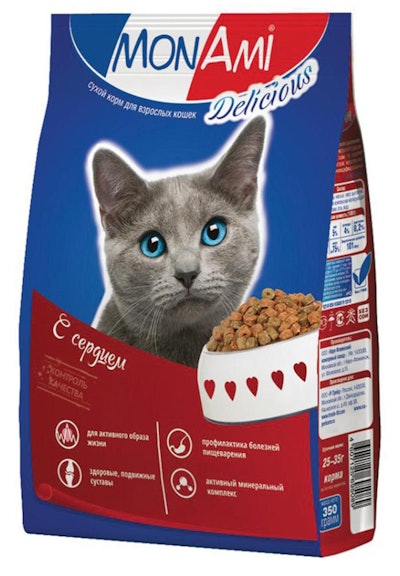
MonAmi is R-Trade’s specialty cat food line made up of both wet and dry formulas. The brand aims to satisfy Russia’s underserved domestic cat food market. | R-Trade
2016 challenges and successes
In general, the ideas of R-Trade’s team translate to good sales in all channels, especially in the breeding nurseries and private breeders segments, according to Trukhanov. However, general sales performance for the company struggled in 2016.
“There are certain reasons for this,” says Trukhanov. “We sell our products in the economy segment, and here the demand on the market is most elastic. In 2015 and 2016 a large number of similar products and competitors hit the market in our segment. This led us to lose market share and until we, in cooperation with our partners, revised our pricing policy and product range, in general the picture was quite negative. After those actions were taken, in the second half of 2016 we restored our position in the market and finished the year with a good gain in sales, but slightly declined profit, because of a different pricing strategy.”
In addition, R-Trade management has dealt with challenges in the market associated with the competition. Trukhanov says the company isn’t afraid of fair competition, but in recent years there has been a rise in the number of entities engaged in deceptive trade practices. “This is not about companies operating the large plants, where formulas are worked over and tested,” he says. “They have raw materials with quality certificates and the final products are inspected in compliance with standards designed for human consumption. I’m talking about those entities that purchased ‘handicraft’ equipment and try to produce small-sized pet food, packing the products manually or in bulk to plastic buckets, selling it to small or private breeding nurseries. These manufacturers have neither a laboratory nor a production facility, and quite often they don’t even have normal storage for raw components.”
As a result, says Trukhanov, the consumer image of pet food products in Russia is more negative than it ought to be. At the same time, R-Trade estimates that there have not been any groundbreaking changes in Russia’s pet food market in the past five to eight years. And as 40 percent of the country’s pet owners are still not using ready-made pet food, significant growth opportunity is there — if market players can produce safe, reliable pet food that catches the consumer’s attention.
The future of Russia pet food and R-Trade
“I can safety say that growth prospects lie in the design of the most modern and high-grade formulas in the economy and standard segments at more attractive prices,” says Trukhanov. “These are the kinds of offers the customers are looking for, and it’s fully understandable. Everybody wants his pet fed right, and doesn’t want to spend enormous amount of money on it. This means that manufacturers need to revise their product prices, and in the future try to negotiate with suppliers on better prices for raw materials, thus reducing production costs.
“In addition, I see the prospects of market growth in the commissioning of new production sites, which will also increase the presence of ready pet food in Russia’s market in general,” says Trukhanov. “They will communicate to the pet owners that feeding pets with ready meals is not only convenient, but also is affordable, salutary, easy on the customer’s wallet and beneficial in terms of consumer efforts. In 2015–2016 several interesting projects in the field of dry and wet pet food production were launched in Russia, and one large player is looking at entering the country’s market shortly. It is too early to assess their successes, but these projects show that pet food production in Russia is developing.”
